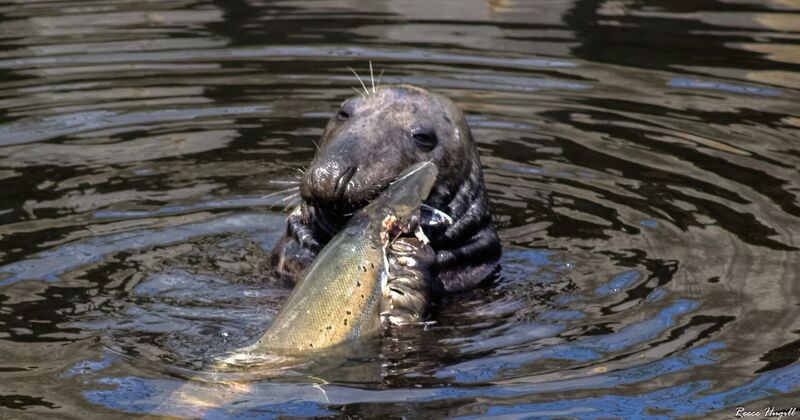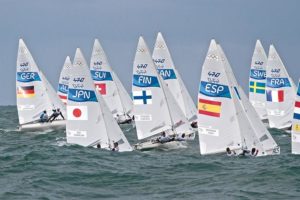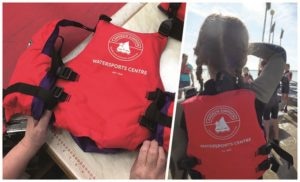Sonar and soundwaves reveal fish and seal habits

The latest fish monitoring studies at Tees Barrage have revealed how seals can be put off from catching salmon with a certain sound.
Salmon migration through the Barrage and seal predation are two hot topics at the giant water control structure. Since 2008, the Tees Barrage Fish Pass and Operation Steering Group has been overseeing the monitoring of fish and seal populations and their behaviour to try and understand more about the preferred routes through the Barrage for fish, how to improve fish passage, and how to reduce seal predation.
Last summer’s research involved the use of underwater sonar monitoring to understand how fish move upstream, and an acoustic deterrent device (ADD) to deter seals from entering the navigation lock. It works by transmitting an audio frequency that is uncomfortable for seals but does not affect fish. A special mechanism was also in use on the lock gates, keeping them wide enough for the fish to get through but too narrow for seals.
The study showed:
• Fish were four times more likely to use the main barrage gates to get upstream than the Denil fish pass.
• The main gates and navigation lock see fish pass through every two hours on average, compared to every eight hours through the fish pass.
• During the use of ADD in a 30-day monitoring period, four fish were eaten. This compares to 18 fish eaten in a 21-day period before ADD was installed.
• In the 17 days after the ADD was removed just one fish was eaten.
The steering group is made up of Tees Barrage owners, us and the Environment Agency, Angling Trust, Salmon & Trout Conservation Trust, Tees Rivers Trust, Industries Nature Conservation Association and Tees Barrage International White Water Centre.
Jonathan Hart-Woods, senior ecologist at Canal & River Trust, said: “It is interesting to note that although fish have several routes to get upstream, including two specially created fish passes, the main gates are the preferred option.
“Predation by seals is still a key issue at the Tees Barrage and while these results are promising, there are many other factors involved, so we’ll be using an acoustic deterrent device again to deter seals this summer, as well as sonar to monitor fish, to help us develop targeted protection measures.”
Phil Rippon, Fisheries Technical Specialist at the Environment Agency, added: “It’s hoped this work will ultimately help inform how best to improve fish passage into the future.
“We’re working really hard together with our partners to understand how fish naturally try to pass through the Barrage and then to make it as easy as possible for them.
“What we can do now includes changing the way the gates and navigation lock are operated and working to try to deter seals from the area. There are other options for improved fish passage we can consider in the future.
“We want as many fish as possible to make it upstream to their spawning grounds to ensure the River Tees continues to improve.”
Work on this year’s studies is now underway, and local volunteers are needed to carry out seal surveys between August and October. Anyone interested should call Phillippa Baron on 0113 281 6840.










